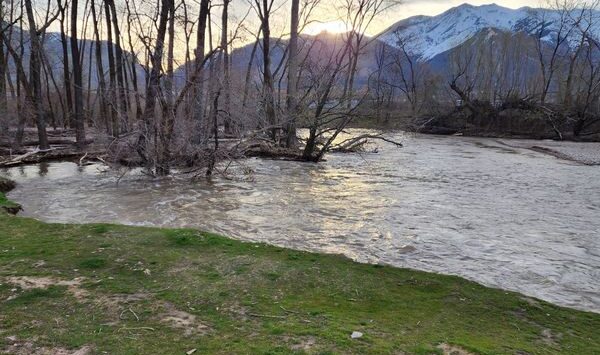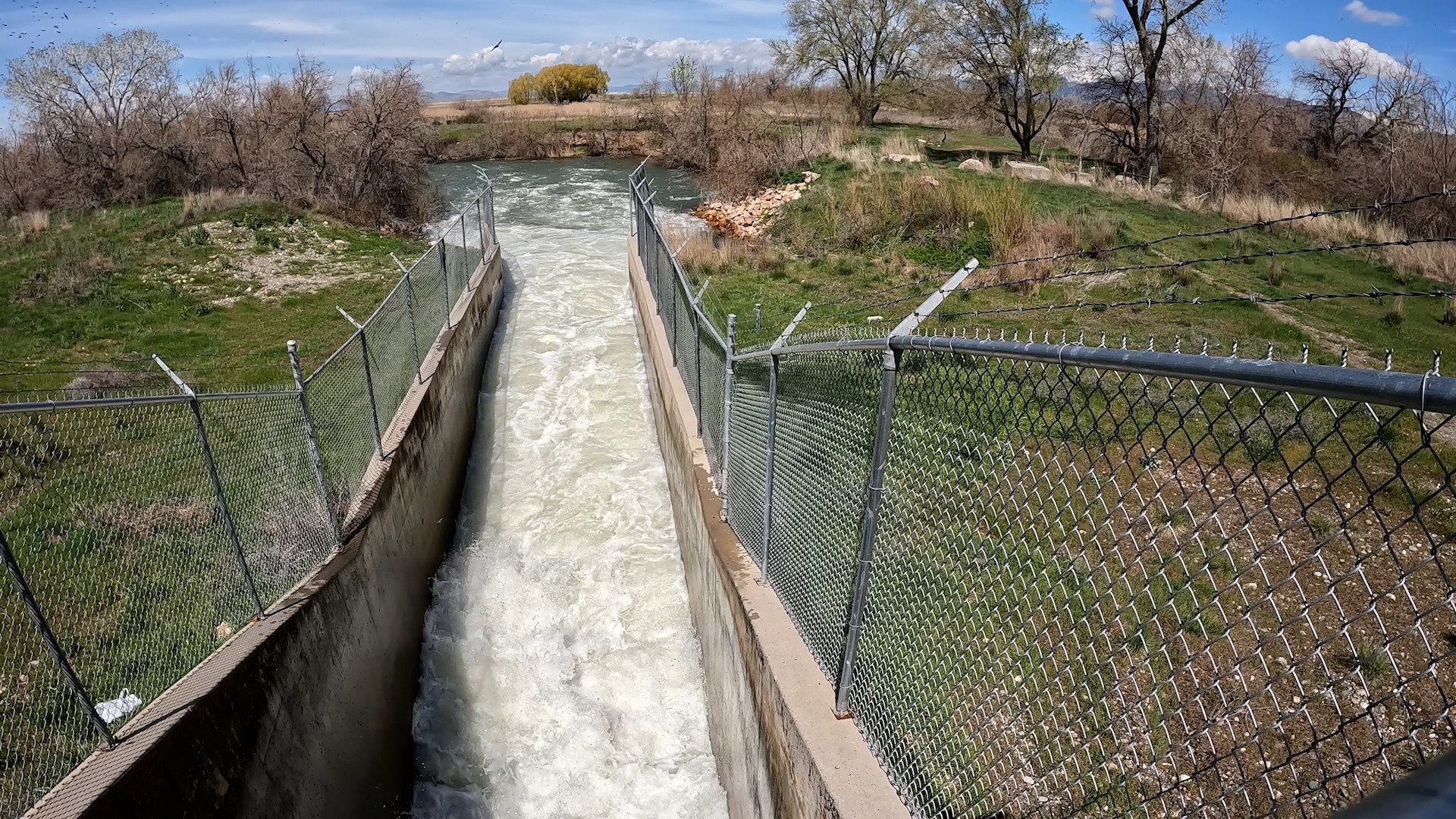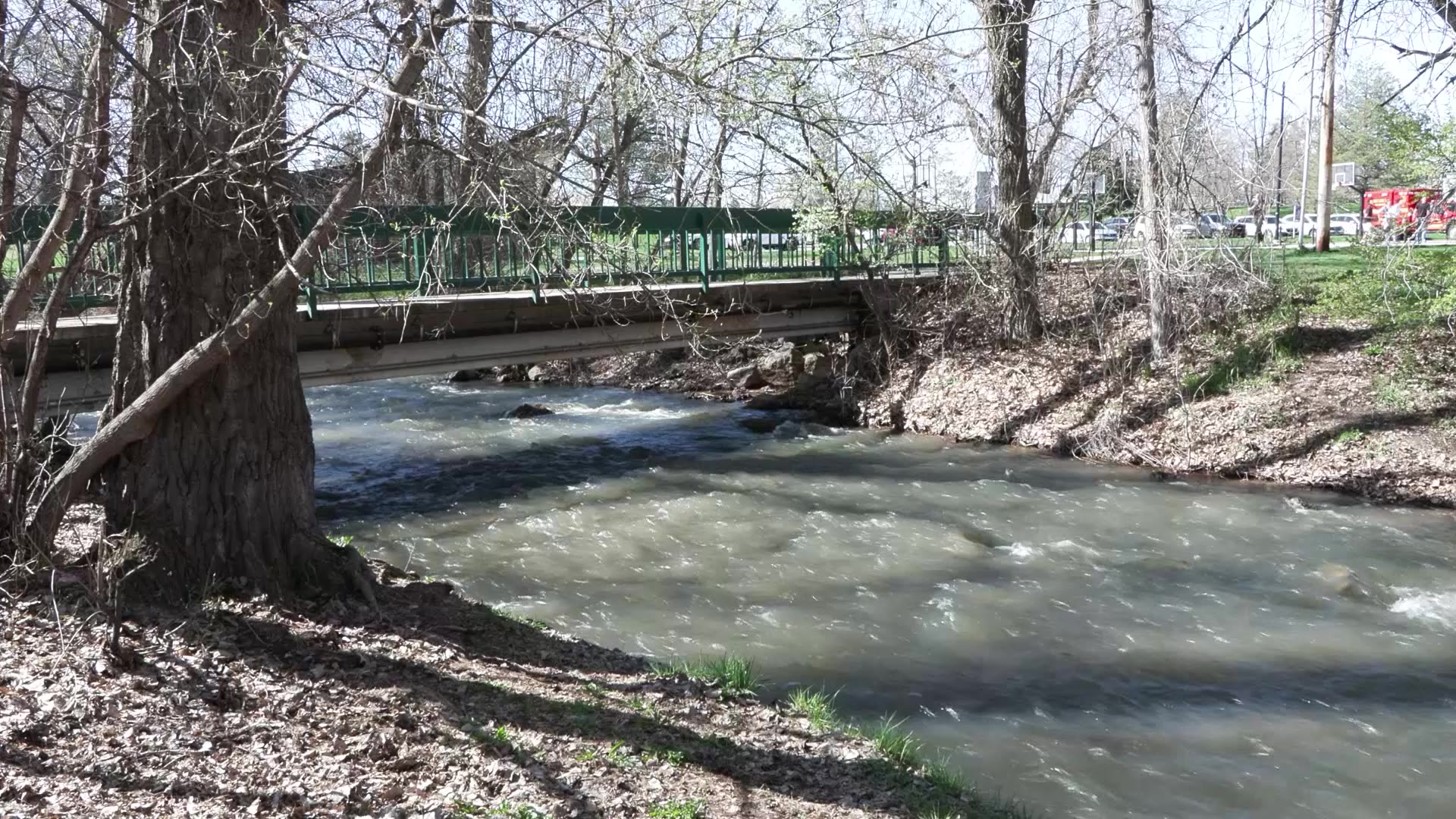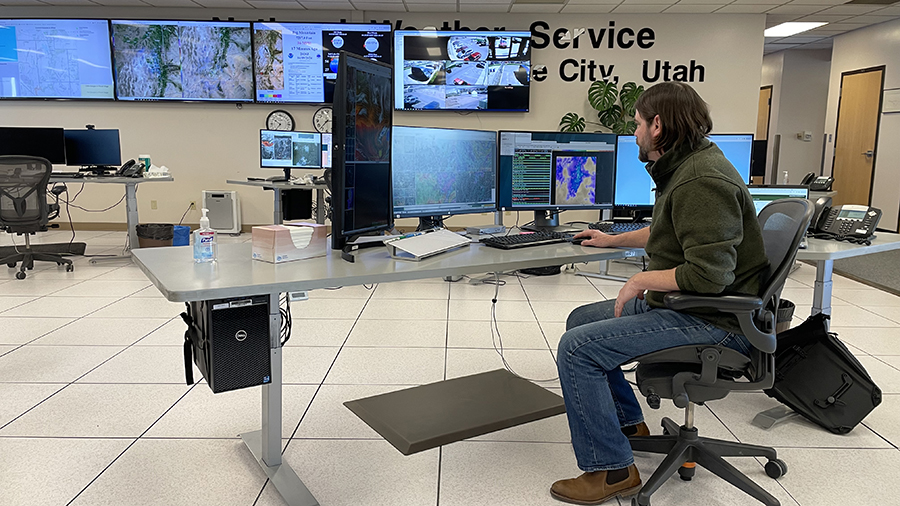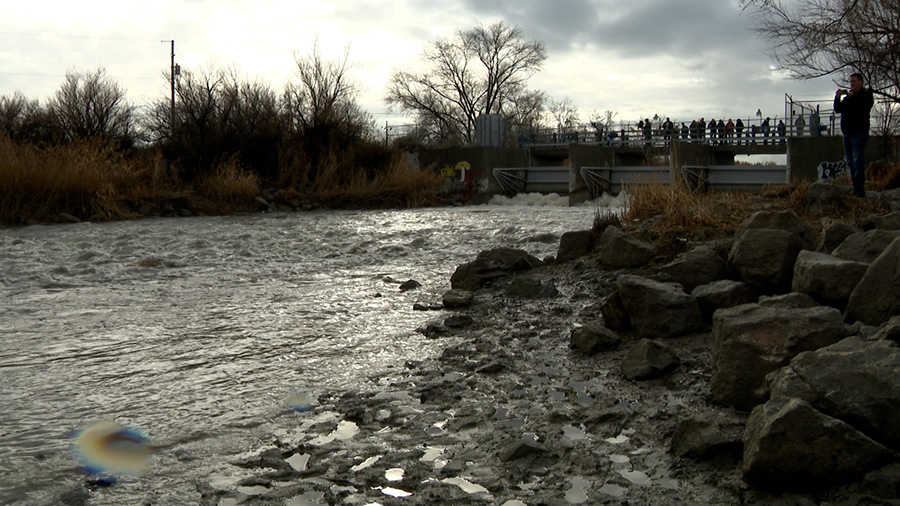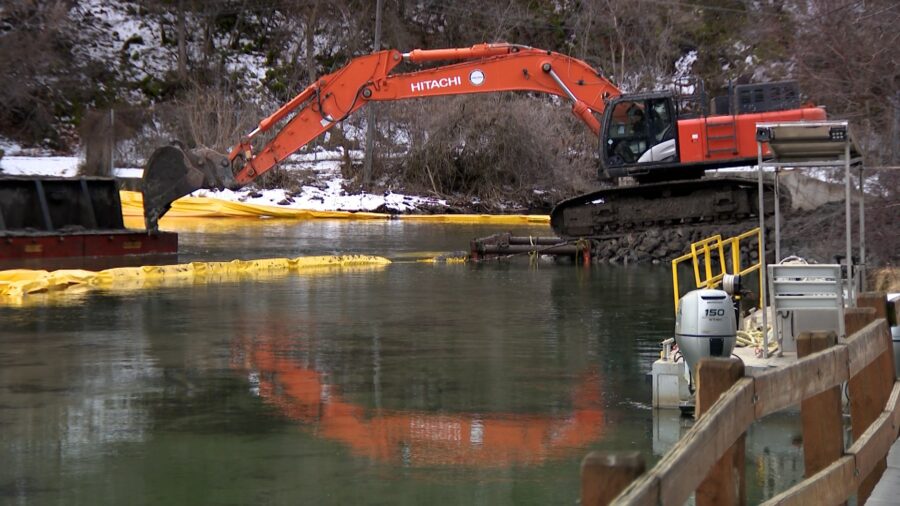Utah Geological Survey monitoring 100 landslide locations across the state
Apr 19, 2023, 4:02 PM
NORTH SALT LAKE, Utah — From snowfall to flooding, rockfall and landslides, Utah Geological Survey geologists have a big job to do, monitoring dozens of landslide locations throughout the state.
One of the locations they are monitoring is Springhill Drive Landslide Geologic Park.
In 1998, 18 homes stood in what is now just open space managed by North Salt Lake City. The homes eventually had to go due to a landslide and the safety concerns in the area.
“Eventually, the whole neighborhood had to be demolished,” said Greg McDonald, a UGS geologist.
Picture this:
It’s 1998. 18 homes are here.
Then, a landslide takes its toll, bringing us to now… where there are no homes.
Just open space that’s managed by North Salt Lake City.
Today, we talk with geologists on what they’re keeping an eye out for this season @KSL5TV👀 pic.twitter.com/xgwdrLoIHt
— Karah Brackin (@kbontv) April 19, 2023
The thing is, years later, that landslide is still moving. Since 2014, UGS geologists Greg McDonald and Ben Erickson say there has been about 20 inches of movement.
They have not measured since 2020 because of the dry years. This year, with all the snowpack melting, they said that could change.
“We come up and take the measurements,” said Ben Erickson, a UGS geologist. “I try and do it earlier now so that I can then remeasure in the summer to see how much change happens.”
The Utah Geological Survey has been watching around 100 landslide locations, give or take, as some landslides may happen in an area where they do not impact people.
After a landslide, geologists like Greg and Ben may be contacted by cities, homeowners or landowners to evaluate the area. Recently, that has looked like visits to Kaysville, Fruit Heights, Emigration Canyon, and most recently, Mountain Green.
“As we’re studying this one, we’re aware of the material that it’s in and identifying what it actually takes to make it move,” Erickson said.
They also are in charge of building maps. That is, they identify and map out hazards.
They said more communities are getting more savvy when it comes to being proactive about addressing landslides, as many require geotechnical studies or define fault-related problems.
Even still, nature will take its toll, and the geologists expect a busy season ahead.



